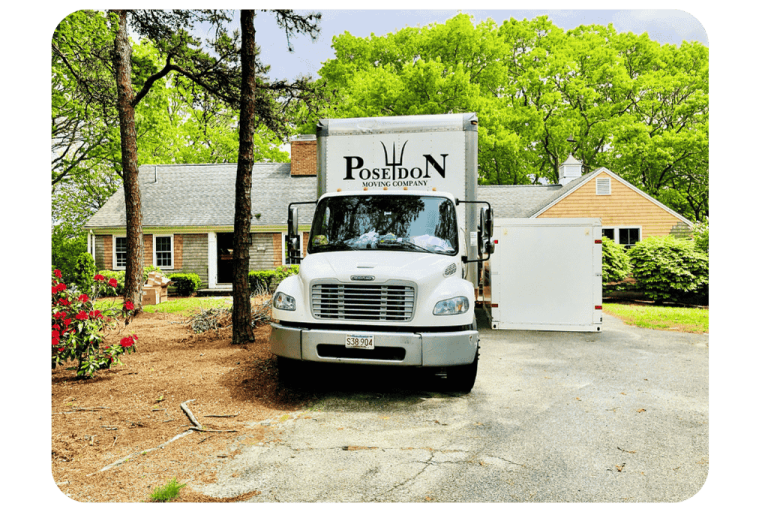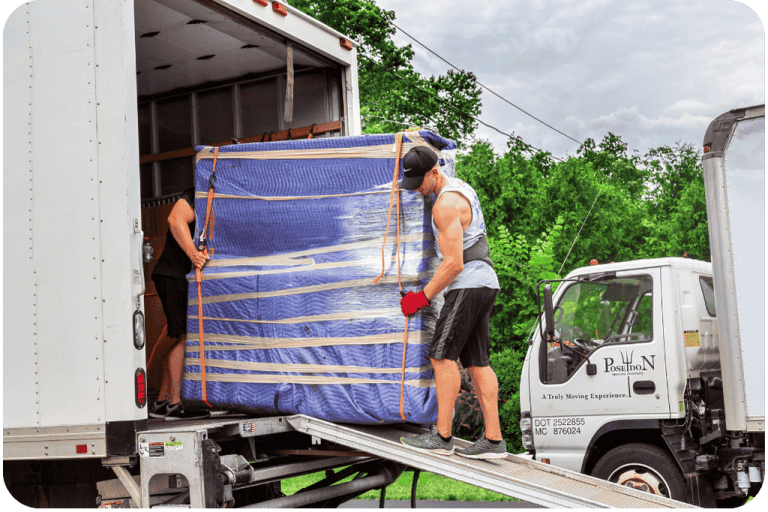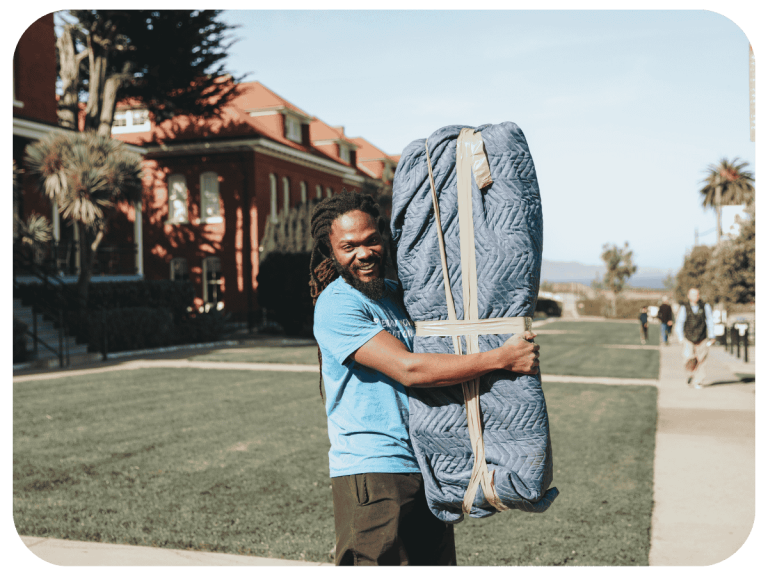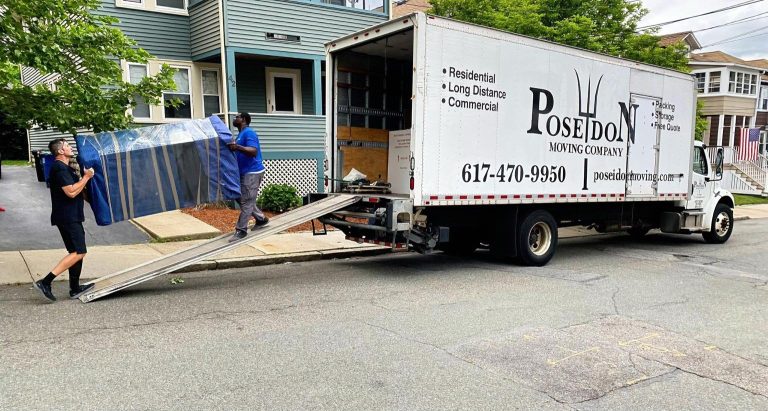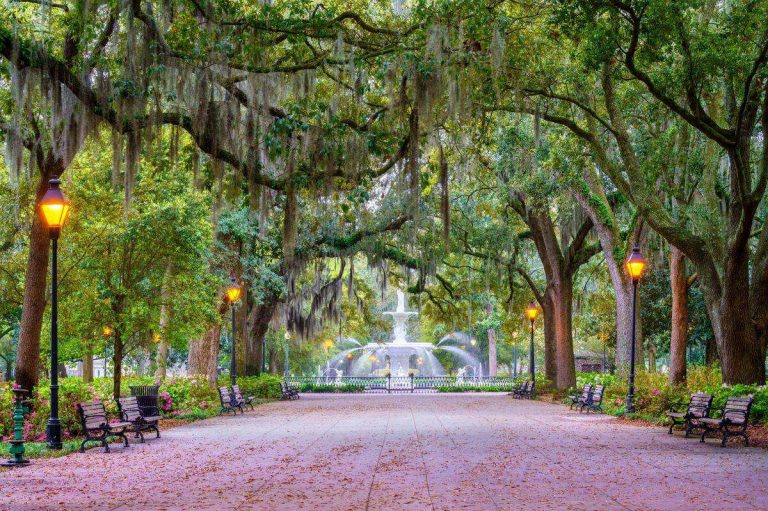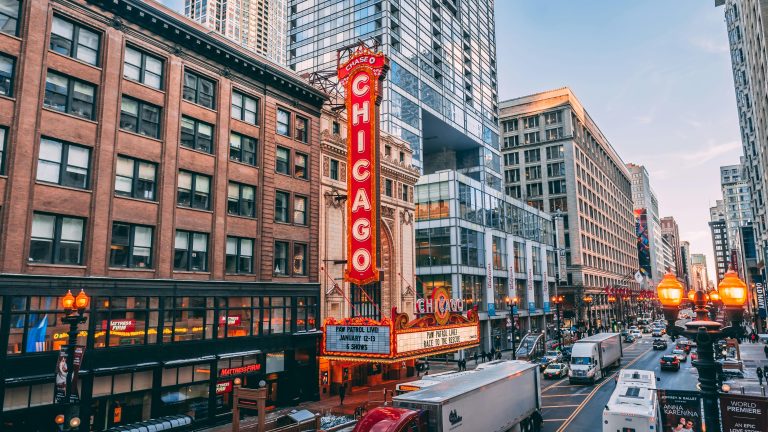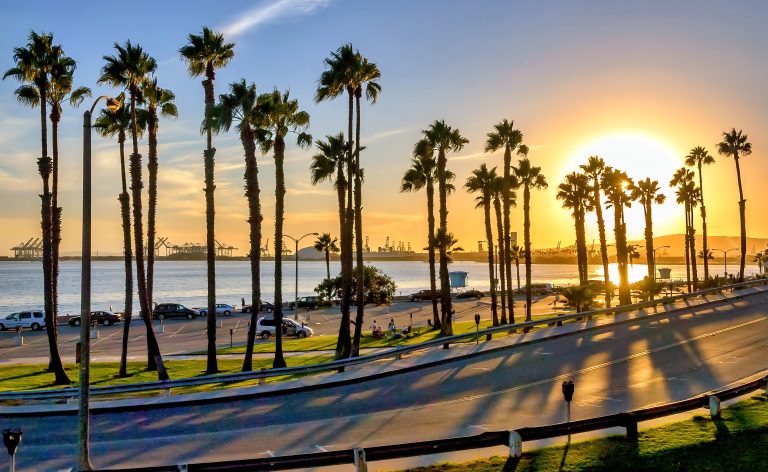Moving from one coast to another isn’t like relocating across town—it’s a full-scale project that requires strategic planning, reliable coordination, and the support of a professional moving company that understands the stakes. Whether you’re moving from Boston to Los Angeles or New York to San Francisco, the logistics can be daunting without the right team by your side.
That’s where Poseidon Moving comes in. With thousands of successful long-distance moves under our belt, we specialize in coast-to-coast relocations that are efficient, secure, and stress-free. Our experienced crews, streamlined process, and flat-rate pricing structure ensure that your move is handled with precision from start to finish. And unlike many moving companies that go silent after booking, we stay in touch with real-time updates and accessible customer support—so you’re never left guessing.
From expertly packing your belongings to delivering them on time across thousands of miles, we make the transition easier at every step. In this guide, you’ll discover what sets Poseidon Moving apart, what’s included in our long-distance services, and how we simplify even the most complex coast-to-coast moves.
1. What Makes a Coast-to-Coast Move Unique?
Unlike local or regional moves, coast-to-coast relocations span thousands of miles and often take several days to complete. These moves aren’t just about transporting items—they require precise coordination, expert packing, and communication between teams at both origin and destination. Timing is everything, especially if you’re managing job transitions, lease deadlines, or school start dates.
Interstate regulations, fuel planning, and unpredictable weather can all affect the journey. These challenges make cross-country moves more demanding than they appear—and why choosing the right long-distance moving company is so important. A reliable coast-to-coast mover will have the systems in place to handle every detail, so you don’t have to navigate it alone.
2. Why Poseidon Moving Is the Best Choice for Long-Distance Moves
Poseidon Moving provides full-service coast-to-coast relocation support, handling everything from logistics and packing to delivery and final placement. Unlike local-only movers, we specialize in long-distance and cross-country relocations across the United States—with thousands of successful moves completed.
Our team is licensed, insured, and trained to manage each stage with precision and care. We offer flat-rate pricing for long-distance moves, so you’ll never be caught off guard—your quote is based on your inventory, route, and any optional services, such as packing or storage.
What truly sets us apart is our communication. You’ll get real-time updates, quick answers to your questions, and a dedicated contact throughout the moving process. With Poseidon Moving, your coast-to-coast relocation stays organized, on schedule, and under control—just the way it should be.
3. What’s Included in a Coast-to-Coast Moving Service
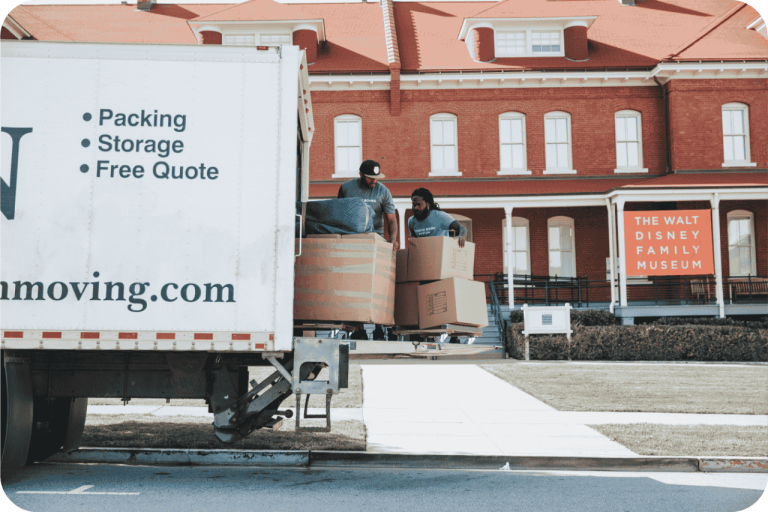
When you book a coast-to-coast move with Poseidon Moving, you get more than just transportation. Our services include:
● Loading and unloading by trained movers
● Furniture disassembly and reassembly
● Heavy-duty furniture protection with moving blankets
● Flat-rate pricing based on inventory and route
● Optional professional packing and unpacking services
● Short- or long-term storage if needed
● Real-time updates and dedicated customer support
● Basic liability coverage
We treat your belongings as if they were our own. If you prefer to pack your own boxes, we’ll provide guidance on the best materials to use. If you want a hands-free move, our packing team can handle everything from delicate items to large appliances.
4. Common Challenges of Long-Distance Moving—and How We Solve Them
Coast-to-coast moves come with their own set of obstacles—from navigating tight timelines and long travel distances to managing potential delays caused by traffic, weather, or unexpected detours. Add to that the emotional stress of being without your belongings for days, and it’s easy to see why proper planning is essential.
At Poseidon Moving, we proactively plan for these challenges to give you peace of mind. Our long-distance trucks are maintained for maximum reliability and efficiency, and we assign experienced drivers who follow pre-mapped, optimized routes. We also factor in buffer time to absorb minor delays without disrupting your delivery schedule.
To reduce the risk of loss or damage, we use a detailed inventory tracking system and industry-grade packing materials. Our team follows a structured moving checklist and provides consistent communication, so you’re never left guessing where your items are or when to expect delivery.
5. How Poseidon Moving Keeps You in Control from Start to Finish
Coast-to-coast relocations come with challenges that local or regional moves rarely encounter. Whether you’re moving from Massachusetts to Oregon, Florida to California, or Texas to North Carolina, long-distance routes introduce variables like unpredictable weather, traffic congestion, and multi-state regulations that can impact timing and delivery.
Poseidon Moving is equipped to handle these complexities with precision. We plan each route in advance, building in buffer time for known road patterns, required stops, and potential delays. Our experienced long-haul drivers use GPS-monitored trucks that are well-maintained and optimized for cross-country travel.
To protect your belongings, we use a comprehensive inventory system, secure loading methods, and heavy-duty furniture protection. You’ll also receive routine updates throughout the move, so you always know where your shipment is—and when it’s arriving.
6. Budgeting for a Coast-to-Coast Move: What to Expect

Cost is one of the biggest concerns when planning a coast-to-coast relocation. While no two moves are the same, several key factors influence your final price:
● Total distance and mileage
● Size of the move (number of rooms or total volume)
● Packing services and materials requested
● Storage needs, if applicable
● Special handling for delicate or oversized items like pianos, treadmills, safes, or commercial equipment
Poseidon Moving offers flat-rate, all-inclusive quotes—no surprise charges. We walk you through each line item in your estimate so you’ll know exactly what to expect. Our pricing is competitive, and our attention to detail and customer satisfaction set us apart from the competition.
Want to save on your move? Booking your move at least 30 days in advance often qualifies you for early-booking discounts. We also recommend decluttering before moving day, scheduling during off-peak seasons, or bundling services like packing and storage to maximize value.
Get a Free Quote for Your Coast-to-Coast Move
Whether you’re relocating for work, family, or a fresh start, Poseidon Moving makes coast-to-coast moves easier from beginning to end. We handle the heavy lifting, logistics, and timing so you can focus on what comes next.
Rated 5 stars by hundreds of customers, we’re proud to be one of the most trusted names in long-distance moving. Ready to make your move? Contact Poseidon Moving today for a free quote and experience the difference for yourself.

